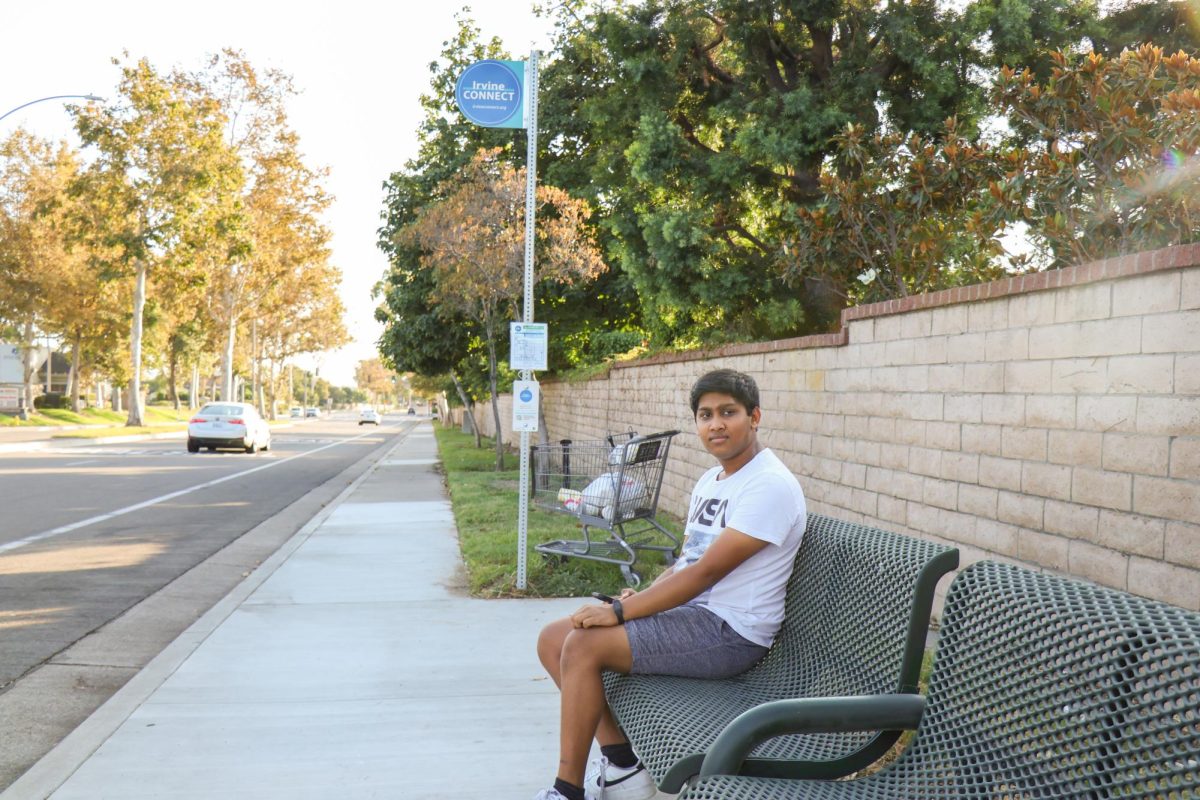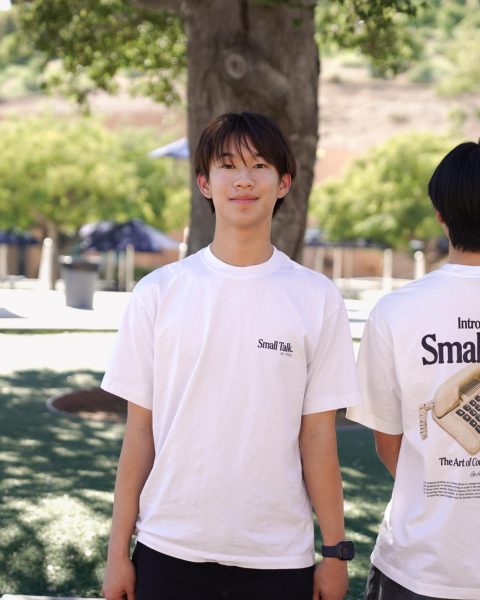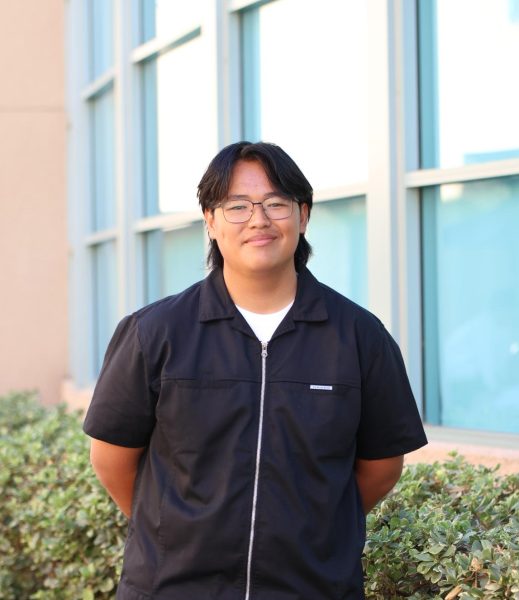Like a puzzle, every piece needs to come together. Irvine CONNECT, the city’s newest shuttle service, is a promising piece attempting to encourage a greener, accessible community, but a lack of funding has prevented the CONNECT from reaching its fullest potential. The city and residents must prioritize the CONNECT through the reallocation of resources and resident engagement so it can prioritize us.
Launched as a pilot project in April, Irvine’s free-to-use shuttle aims to connect recreational destinations with residential areas to promote an eco-friendly city. However, criticism persists regarding its limited stops, environmental impact and past failures of public transportation in Irvine—all of which are tied to a lack of funding.
While the solution to expand routes may seem clear, it is easier said than done. Irvine CONNECT is funded by reallocated capital from the City of Irvine’s scrapped projects. According to Mike Davis, transit administrator for the city, funding was available for only one route.
The city’s 2022 transit study identified that the area along Yale and Barranca, where the CONNECT shuttle bus currently operates, has the greatest driver concentration. Portola and Great Park areas ranked second, making expansion possible if funding permits.
Lack of funding also hinders how environmentally friendly the service can be. While public transportation inherently reduces carbon emissions, the buses used are not the cleanest. Electric buses “had 70 percent lower global warming emissions than a diesel or natural gas bus,” according to the Union of Concerned Scientists. This is the type of power used by the CONNECT.
Irvine is doing the best job it can at being environmentally friendly, but limited funding, as well as regulatory requirements and years of wait times, means securing cleaner vehicles, and thus a greener city, is difficult.
According to Davis, while the department is trying to pursue grants for additional funding, organizations prioritize lower-income communities with a larger transit-dependent population rather than Irvine’s mainly transit-choice population, those who have cars and can choose whether to use public transportation.
The city could play a stronger role by reallocating funds reserved for projects like the Great Park or Jeffrey Trail to prioritize public transportation. It’s both a short-term need and a long-term goal: by pushing the CONNECT over quality of life initiatives with increased funding for its transportation budget and capital improvement projects, the city can lead the way for a more sustainable future.
Irvine citizens are the biggest help. in supporting the CONNECT Unlike other services, the CONNECT is designed to meet residents’ needs with the buses arriving three times as frequently and serving neighborhood hubs like Spectrum, rather than office buildings. If the City of Irvine sees increased demand and ridership, it can potentially add more frequent services and stops.
The Irvine CONNECT still has many missing pieces—lack of stops, cleaner buses and limited accessibility, but an increase in funding can fill in those pieces. Irvine CONNECT can become more convenient, which can lead to increased usage, driving the positive cycle that will make Irvine’s dream of an accessible and sustainable future a reality.





















































